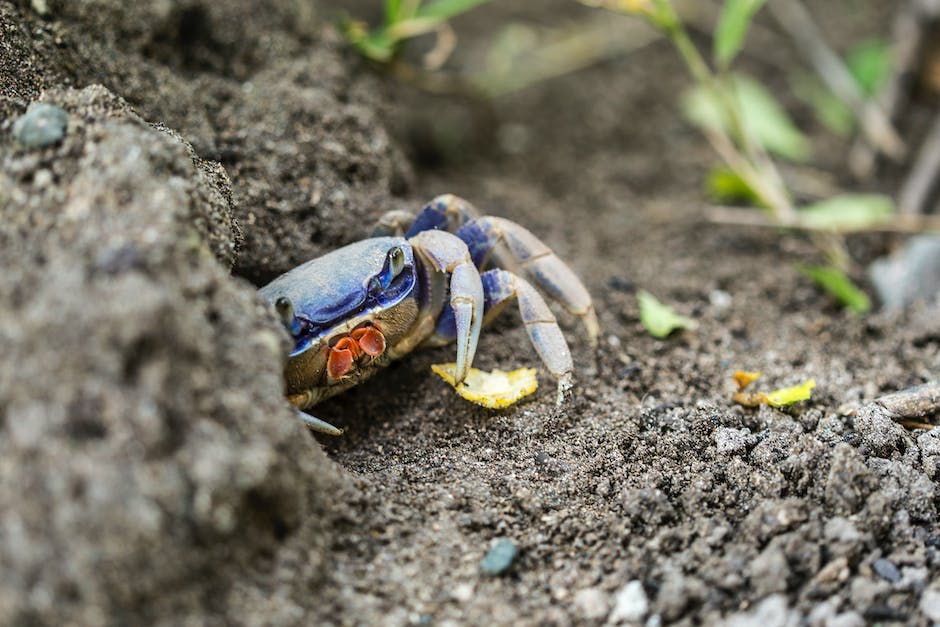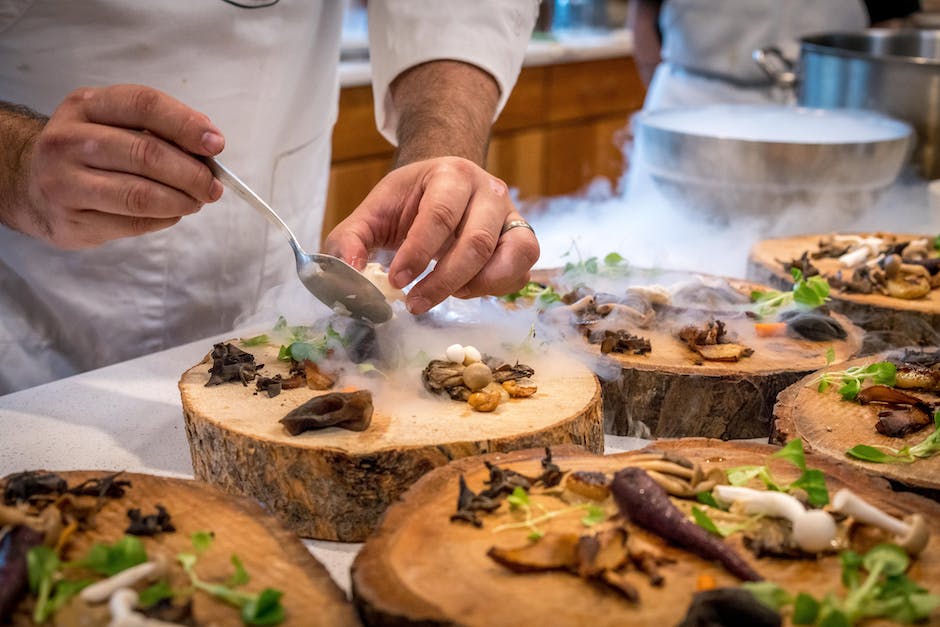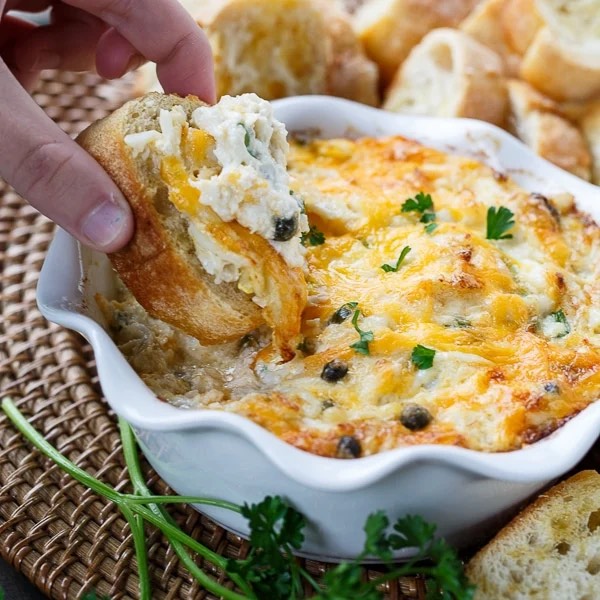
Cracking The Code: The Ultimate Guide To Wild Crab Bait Selection
Are you ready to take your crabbing game to the next level? If so, you've come to the right place! In this ultimate guide, we will dive deep into the art of wild crab bait selection. Cracking the code to choosing the perfect bait can make all the difference in your crabbing success. So, let's get started!
First things first, it's important to understand the behavior and preferences of crabs. Crabs are opportunistic feeders, meaning they will eat just about anything they come across. However, they do have their favorites. Crabs are particularly fond of fish, shellfish, and other types of meat. So, when selecting bait, it's best to stick with these options.
One of the most popular and effective baits for crabbing is chicken. Chicken legs or wings, in particular, tend to work wonders. Crabs are attracted to the scent and taste of chicken, making it an irresistible treat for them. Simply attach a piece of chicken to your crab trap or line, and you're good to go!
If you're looking for a more natural bait option, consider using fish. Fresh fish, such as mackerel or herring, can be extremely enticing to crabs. The strong odor of fish will quickly grab their attention and lure them towards your trap. Just be sure to use a secure bait bag or mesh to prevent the fish from falling apart and escaping the trap.
Another bait option that is often overlooked but highly effective is raw shrimp. Crabs absolutely love shrimp, and it can be a great choice if you're targeting larger species. Simply place a few raw shrimp inside your trap or tie them securely to your line, and watch as the crabs come running.
For those who prefer a more hands-on approach, you can also try catching your own bait. Small crabs, clams, or even pieces of crab meat can be used as bait. This method can be particularly effective if you're crabbing in an area where crabs are abundant. Just be sure to check your local regulations to ensure you're following the rules.
Now that you have a better understanding of the best bait options for crabbing, let's talk about presentation. How you present your bait can greatly impact your success. One popular technique is to tie your bait securely to the center of your trap. This ensures that the bait is easily accessible to the crabs and increases your chances of a catch.
Alternatively, you can also use a bait cage or bait bag to hold your bait. This method helps to contain the scent and prevent the bait from being easily consumed or stolen by smaller crabs. It also allows for easy removal and replacement of bait when needed.
Lastly, it's important to consider the time of year and location when selecting your bait. Different types of bait may be more effective during certain seasons or in specific areas. It's always a good idea to do some research or ask local crabbers for advice on what bait works best in your area.
So, there you have it – the ultimate guide to wild crab bait selection. By understanding the preferences of crabs, choosing the right bait, and presenting it effectively, you'll greatly increase your chances of a successful crabbing adventure. Now, it's time to hit the water and put your newfound knowledge to the test. Happy crabbing!
Popular Blog Posts
Latest News
About our Website
Step right into Wild-Crab, where the crabby seas meet the kitchen. No matter if you're an avid crab hunter or a culinary connoisseur of crab delicacies, we've got your back. Our ambition is to spread the elation and thrill of crabbing to every kitchen and fishing boat out there.
Looking to excel in the fine art of crab hunting or create a mouth-watering crab cuisine in the comfort of your own kitchen? You're in luck! Our recipe compendium is specially crafted to cater to both seasoned crabbers and culinary rookies. Our detailed instructions are easy to follow and designed to propel your crabbing prowess to new heights, whether you're standing on the sandy shores or stirring up a culinary masterpiece in the kitchen.
Resources
Quote of the Day
"If an architect makes a mistake, he grows ivy to cover it. If a doctor makes a mistake, he covers it with soil. If a cook makes a mistake, he covers it with some sauce and says it is a new recipe."
– Paul Bocuse





